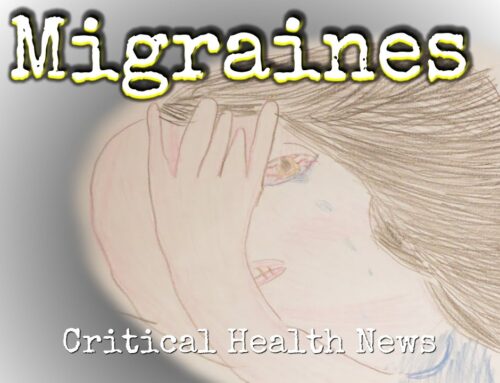In the last twenty years or so, what is called “mindfulness” has left its historic home in the realm of eastern spiritual practices and become entrenched in the world of modern medicine. Such Orthodox institutions as Johns Hopkins, Yale University and UCLA School of Medicine have adopted the ancient practices and transformed them into mainstream therapeutic protocols for treating everything from depression to drug addiction to diabetes.
One of the most important applications of mindfulness, which can be defined as a complete and total immersion into the granular details of the present moment, is in addressing pain. According to researchers, mindfulness initiates a neurological pain relieving response similar to opioids and other medications.
In addition to its obvious physical aspects, pain has a mental component too. When performed correctly, mindfulness practices can support an analgesic attitude of acceptance of pain. Mindfulness also encourages a relaxation response that reduces muscle tension as well as psychological stress, both of which can exacerbate the sensation of pain.
If you’re interested in taking advantage or the analgesic advantages of a mindfulness practice, all you need is a few minutes a day. While it’s important to have no expectations, for many patients a mere 10 to 20 minutes a day spent focusing on the breath, heartbeat or a body part like hand or foot can turn down the volume on pain and provide significant immediate relief, as well as important stress reduction benefits for long-term health and longevity.




